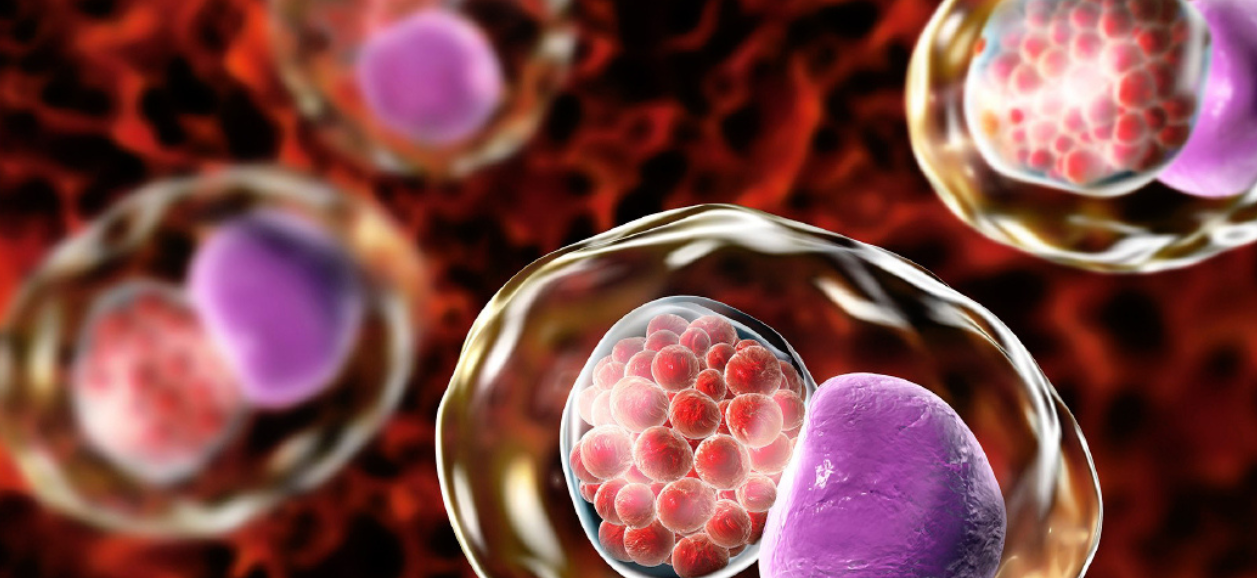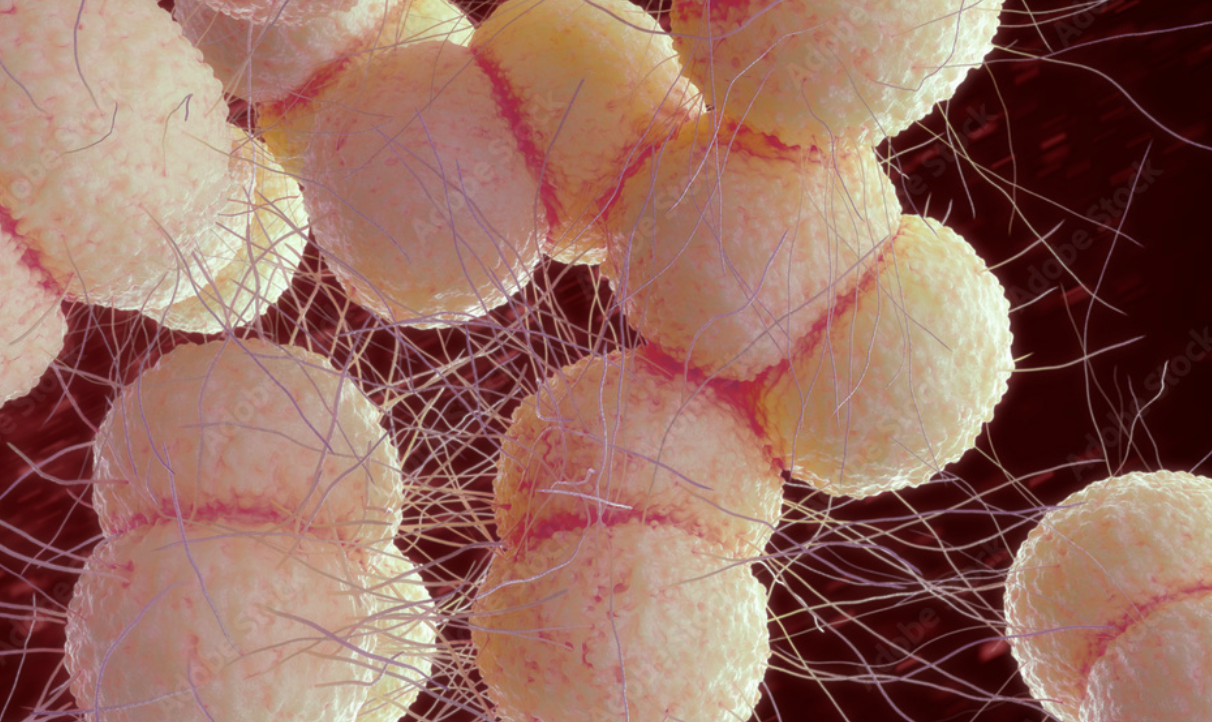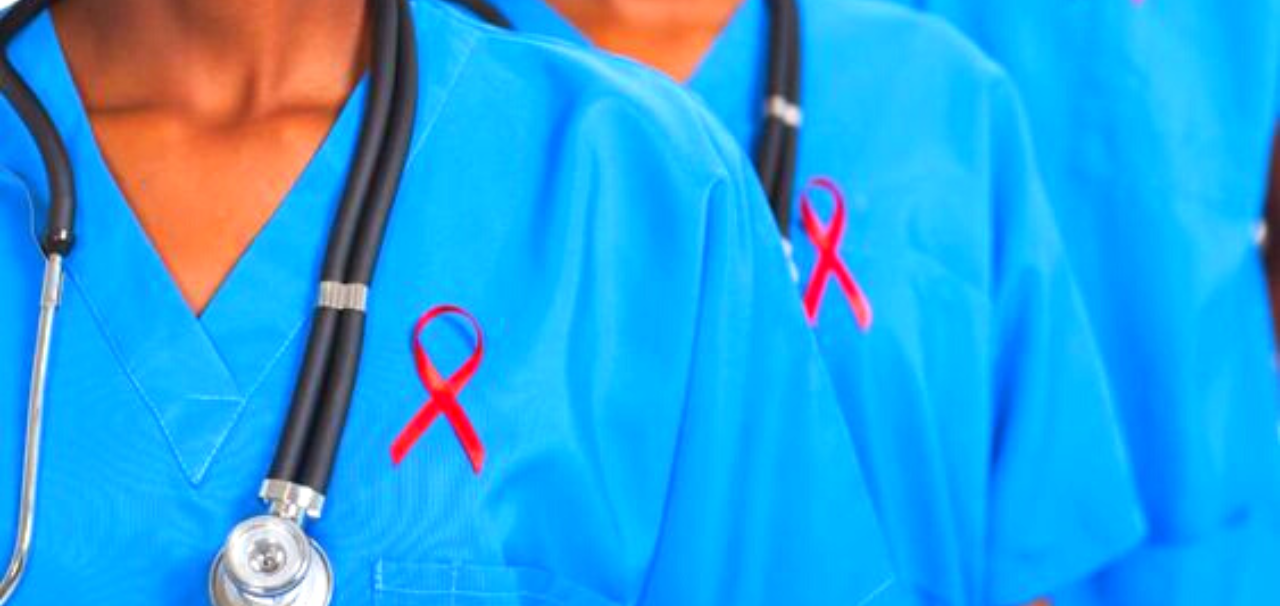What are the most common STIs?


Sexually transmitted infection (STI), formerly known as sexually transmitted diseases (STDs), is the transfer of an organism between sexual partners by various routes of sexual contact, such as oral, anal, or vaginal contact. STIs can be caused by bacteria, viruses, or parasites, and they can be passed from person to person through sexual fluids, including blood, oral sex, and vaginal discharge. Some STIs/STDs, such as HIV and syphilis, can also be passed through contact with infected blood or a drug needle.
Since many STIs go left untreated and can lead to potentially life-threatening consequences, they are a problem for healthcare systems. Untreated STIs can result in several serious health problems, including organ damage, infertility, and even death. As a result, STIs place a significant burden on healthcare resources.
An STD or STI may exhibit various signs and symptoms, although they may not always be apparent. This is because certain STIs and STDs have no symptoms at all. However, there can be serious issues that arise from an STI infection, so it's crucial to be tested if you suspect you may have one. If a sexual partner has been identified as having an STD or STI, you should also undergo testing.
The following signs and symptoms might point to STIs/STDs:
Pimples or sores in the mouth, rectal region, or the genital
Scorching or painful urination
Discharge from the penis
Intense vaginal bleeding
Fever
Lymph nodes that are painful and swollen, often in the groin but occasionally more widely spread
Pain during sex
Raised skin on the neck, hands, or feet
Lower abdominal pain
A few days after exposure to STI/STD, you may start to experience symptoms. However, some STIs can take years to cause noticeable health problems. The time it takes for symptoms to develop depends on the specific organism causing the STIs.
Twenty infections are linked to the highest prevalence of STIs/STDs; however, eight infections are more prevalent. Four of the eight most prevalent STIs are curable, including chlamydia, gonorrhoea, syphilis, and trichomonas. Four others are treatable but incurable: hepatitis B, herpes simplex virus, human immunodeficiency virus (HIV), and HPV.
Chlamydia is a widespread STD that, if left untreated, can make it harder for a woman to become pregnant. Chlamydia is caused by bacteria and is usually transmitted through sexual intercourse. The germs can infect the cervix, uterus, and fallopian tubes. It is one of the most common causes of pelvic inflammatory disease. If chlamydia develops as a result of anal sex or spreads from another part of the body, it may also infect the rectum. This may result in:
Rectal pain
Rectal bleeding
Vaginal discharge
Chlamydia can be treated with antibiotics.

Gonorrhea is a sexually transmitted illness that can lead to major health consequences if left untreated. The good news is that gonorrhoea is treatable with the proper medicine. If you suspect you have gonorrhoea, consult a doctor as soon as possible to obtain the necessary treatment.

Syphilis, if left untreated, can lead to a variety of significant complications. However, with successful treatment, curing syphilis is a simple matter.
Trichomonas vaginalis, a single-celled, flagellated, anaerobic protozoa, is the root cause of trichomoniasis. The urethra or vaginal lining is inflamed in this sexually transmitted illness. Itching, burning, and discomfort are common during urination or sexual activity. The illness can be transferred between partners through contact with infected bodily fluids. Oral antibiotics are typically used for treatment.
A typical sexually transmitted infection is genital herpes (STD). In reality, most of those with the virus are unaware of it. Genital herpes has no known treatment; however, some medications can stop or lessen outbreaks. Additionally, these medications may reduce the risk of infection transmission.
Herpes cannot be transmitted through utensils, toilet seats, swimming pools, soaps, or mattresses. However, if a person touches an infected part of their body and then touches another area on their own body, herpes can spread skin-to-skin contact.
HIV is an infection that enters the body through the bloodstream and attacks the immune system. It can be transmitted by sexual contact and other causes. Without treatment, this vulnerability to infection develops, perhaps leading to death. When a person is infected with HIV infection, the virus is present in their bodily fluids, including
Sperm
Blood
Breast milk
Vaginal and rectal fluids
If these fluids reach another person's body, that person can develop HIV as well. People who follow their treatment plans exactly as directed by their doctors can stop the virus from turning into a full-blown case of AIDS by keeping a low level of HIV in their blood.

HPV is a virus that affects the skin and mucous membranes, including the throat, cervix, anus, and mouth.
HPV can spread through:
Anal and vaginal sex
Oral sex
From an expected woman to a baby, however it is rare
Contact between sexual organs
Skin-to-skin contact

Hepatitis B is highly contagious and can result in liver damage and a lifelong infection. An infected person with this virus may spread it to others through blood and bodily fluids. Transmission is conceivable through:
Having sexual contact with an infected person without using a condom
Sharing infected blood-contaminated utensils
Mother to her newborn baby, especially in nations where the virus is widespread
Child to child in a family where the infection is common
People at high risk of acquiring hepatitis B should consult their doctor about a vaccine that may provide some protection.
Pelvic inflammatory disease (PID) is a common infection of the female reproductive system that can cause infertility, ectopic pregnancy, and chronic pelvic pain. PID can be brought on by several different kinds of bacteria. A sexually transmitted infection (STI), including chlamydia or gonorrhoea, Mycoplasma genitalium, a different type of sexually transmitted infection, is assumed to be more and more to blame for cases of pelvic inflammatory diseases (PID).
The following checks can be used to eradicate or minimize STIs:
Use latex condoms with a new sexual partner until they have been screened for STD
Reducing the number of sex partners can lessen your chance of contracting an STD.
One of the most effective ways to avoid STDs is to be in a long-term, mutually monogamous relationship with an uninfected partner.
Take an STI test often, especially before beginning a new sexual relationship.
Want to learn more? Read through our STI articles here!










Plus get the inside scoop on our latest content and updates in our monthly newsletter.